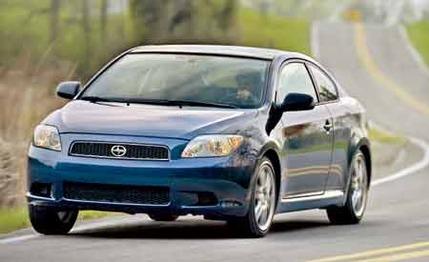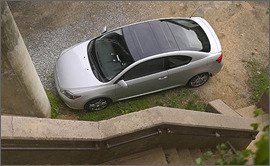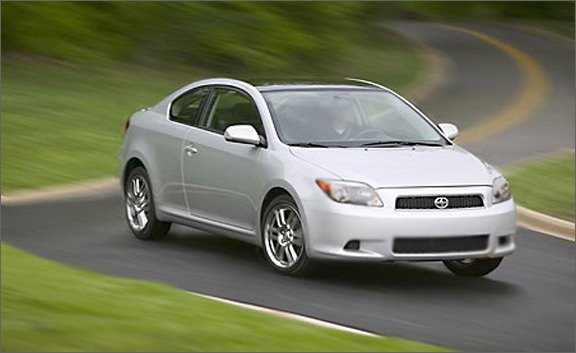 Road Test
Road Test
Just a month shy of 20 years ago, in September 1984, we got our hands on Toyota's latest and greatest pocket rocket, the Corolla GT-S. That hatchback was new for the 1985 model year and promised big excitement in a small package. Chief among its list of attributes was the new 4A-GE engine-a 1.6-liter, twin-cam, 16-valve beauty that put out 112 horsepower and 97 pound-feet of torque. It also came with rear disc brakes instead of drums, a high-performance 14-inch wheel-and-tire package, and a firm sport suspension. Our test GT-S went from 0 to 60 mph in 9.5 seconds and reached a top speed of 113 mph-results we referred to as "hardly shabby."
Although those numbers would be "hardly acceptable" today, back then they made us take notice. A Chevy Camaro Berlinetta needed 10.0 seconds to reach 60 and a Nissan 300ZX required 9.2. It's no surprise, then, that we labeled the GT-S "an excellent, well-rounded little GT" that was "as playfully satisfying as anything we've recently driven." Our conclusion: "It's no wonder the Japanese have been keeping such little jewels to themselves."

Since its debut last year, Toyota's youth-oriented Scion brand hasn't offered us much in the form of jewels, lest you believe the doorstop xA and the toolbox xB to be of the precious variety. Sure, they're affordable, practical, and entertaining, but they're not exactly the small cars we leadfeet clamor to redline.
Luckily, Scion-er, Toyota-has been holding in its Japanese mine a diamond in the rough, one whose pressure cooker produced a gem of similar vein nearly two decades ago.
That recently cultivated sparkler is the Scion tC, a sporty hatchback comprising a catalog of standard features that should frighten the competition. As the first vehicle developed exclusively for Scion (the xA and the xB are rebadged Japanese-domestic-market cars), the tC, like its cute siblings, is offered in monospec form and comes more loaded than a frat boy in Cancún. At a low $16,465, the tC is equipped with a panoramic sunroof with front and rear glass panels, the former power retractable; a Pioneer CD player with MP3 and satellite-radio capabilities; dual front airbags and a driver's knee airbag; keyless entry; cruise control; A/C; power up and down windows; and an outside-temperature gauge. The only factory-installed options are front-seat-mounted side airbags and curtain airbags ($650) and a four-speed automatic transmission ($800).
Although the tC's options list is short, its dealer-accessories list is long. Scion believes in allowing its patrons to customize their vehicles, so the tC can be fitted with a variety of add-ons. Our test car came with such items as a Bazooka subwoofer ($449) and an interior light kit ($250) that casts blue Luxaura light under the dash and in the cup holders.

That feature aside, the tC is decked out with a smart, upscale interior with rich fabrics, plastics, and metallic-look accents, and the large HVAC knob actually is aluminum. The three-gauge cluster is straightforward and pleasant to eyeball, and although the silver-colored center stack is easy on the eyes, its silver-colored buttons are not always easy to decipher, especially if glare is coming through the sunroof. The 60/40 split rear seats are roomy and comfy for two, despite the presence of three seatbelts, and headroom is lacking due to the glass ceiling and long, sleek hatch. At least the back seats recline and fold flat, a feat the fronts can perform, too, assuming you slide them all the way forward and remove the headrests. Scion claims an 8.5-foot surfboard can fit in the tC. What you can't fit is a ton of gear. With the back seats up, the tC has just 13 cubic feet of cargo space, whereas the Honda Civic Si has 16 and the Mazda 3 five-door wagon has 17.